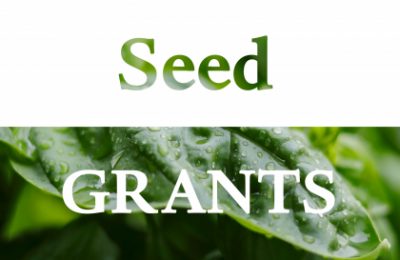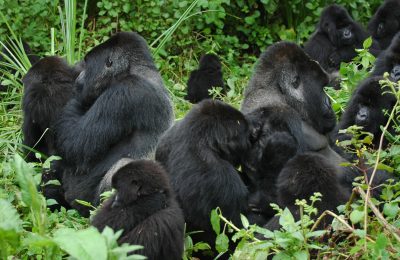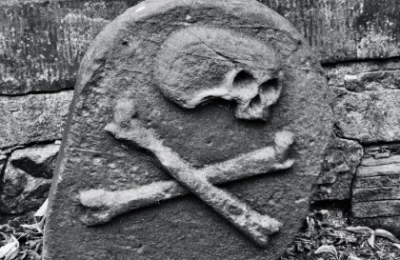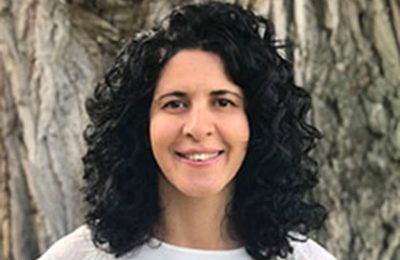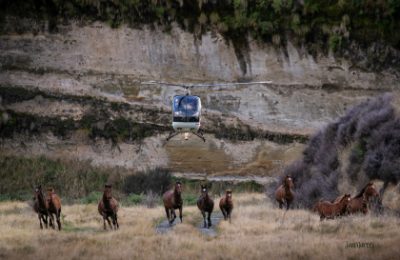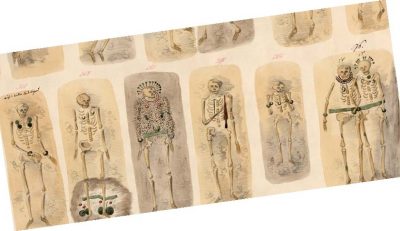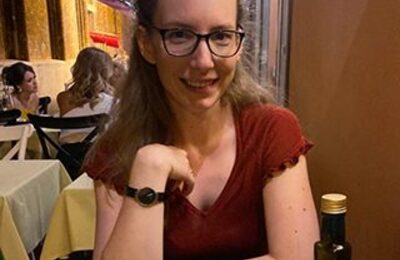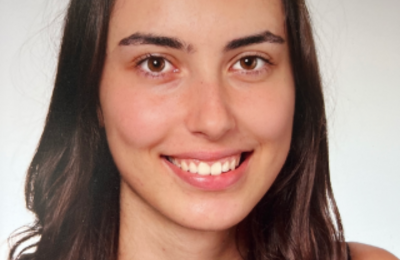Ghost admixture in eastern gorillas.
Pawar, H., Rymbekova, A., Cuadros-Espinoza, S., Huang, X., de Manuel, M., van der Valk, T., Lobon, I., Alvarez-Estape, M., Haber, M., Dolgova, O., Han, S., Esteller-Cucala, P., Juan, D., Ayub, Q., Bautista, R., Kelley, J.L., Cornejo, O.E., Lao, O., Andrés, A.M., Guschanski, K., Ssebide, B., Cranfield, M., Tyler-Smith, C., Xue, Y., Prado-Martinez, J., Marques-Bonet, T., Kuhlwilm, M., 2023. Ghost admixture in eastern gorillas. Nature Ecology & Evolution. read more
